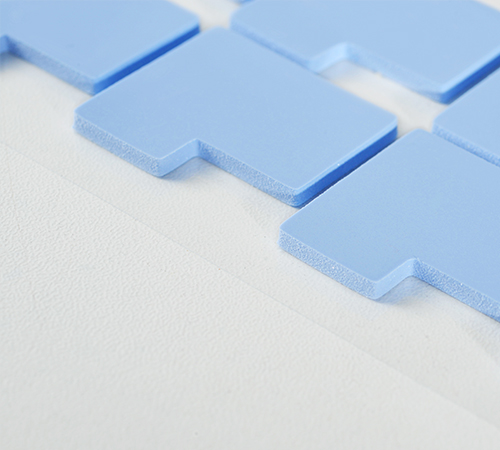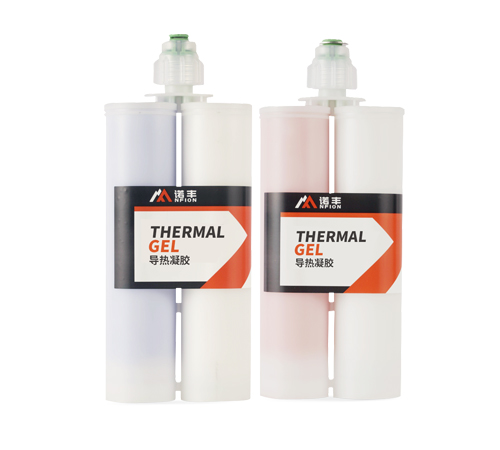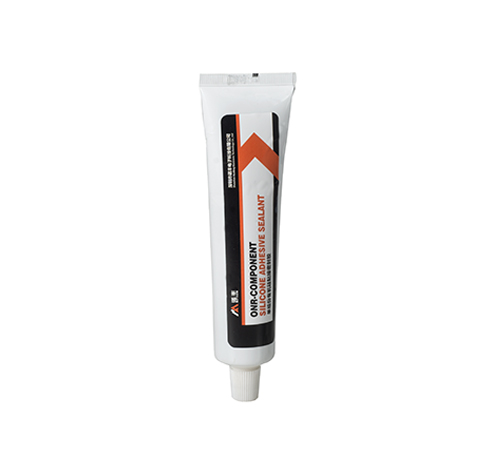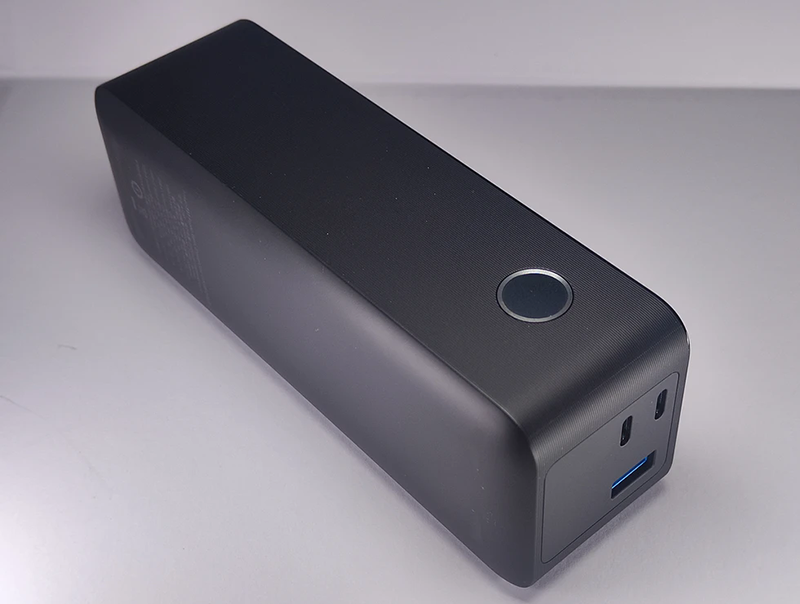
Introduction
With the widespread use of smart devices and the advancement of fast charging technologies, the power of power banks has continuously increased, and so has their heat dissipation problem. High temperatures not only affect the performance of power banks but also shorten battery life, and in some cases, may even pose safety risks. Therefore, optimizing the thermal management system of power banks is crucial.
NFION, a professional thermal materials supplier, provides efficient and reliable thermal management solutions for power bank manufacturers to ensure stable thermal performance under high power charging and discharging conditions, thus enhancing safety and user experience.
Thermal Management Challenges of Power Banks
1. Battery Heat Generation
● During charging and discharging, lithium-ion batteries inevitably generate heat, especially under high-power fast charging modes where the temperature rises quickly.
● Excessive heat can accelerate battery aging and even lead to thermal runaway, posing safety hazards.
2. Thermal Management of Power Management Chips
● Power management chips inside the power bank (such as step-up and step-down conversion chips) generate a large amount of heat during high-load operation.
● If heat is not effectively dissipated, it can affect the performance and stability of the chips and cause frequent overheating protection triggers, affecting charging efficiency.
3. Temperature Control of Power Bank Housing
● The housing of power banks is typically made of plastic or metal. If internal heat cannot be rapidly transferred to the outside for dissipation, it may lead to excessive surface temperatures, negatively affecting user experience.
4. Thermal Challenges of Fast Charging Technologies
● With the increasing use of fast charging protocols such as PD (Power Delivery) and QC (Quick Charge), charging power is rapidly increasing, which in turn increases heat dissipation requirements.
● Under high-power conditions, traditional thermal solutions may not meet these demands, requiring more efficient thermal management solutions.
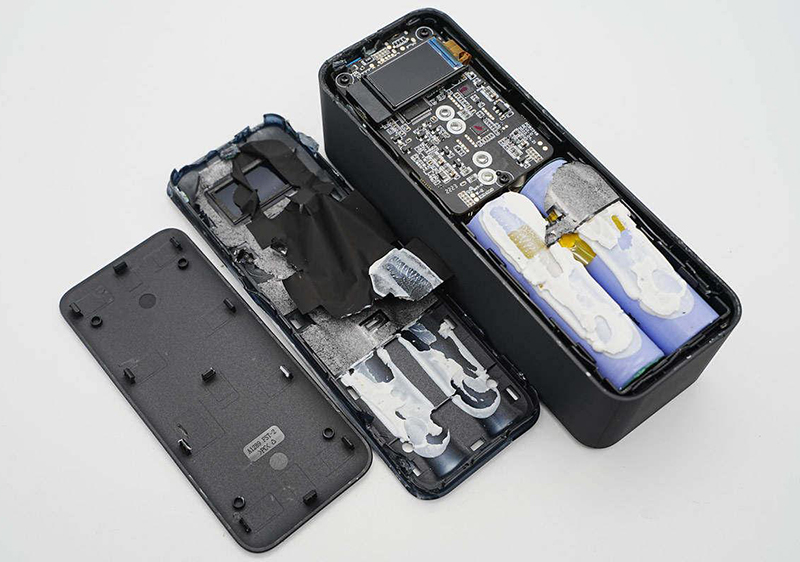
NFION Power Bank Thermal Management Solutions
To meet the thermal management needs of power banks, NFION provides a complete range of professional thermal materials, including thermal gap pads, thermal gels, and thermally conductive adhesives, ensuring rapid heat transfer and effective dissipation inside power banks.
Thermal gap pads are primarily used to fill the gaps between different heat-generating components inside power banks, enhancing thermal conductivity while providing buffering and shock absorption.
● Application Locations:
● Between power management chips and metal heat sinks
● Between the PCB board and housing
● Features:
● High thermal conductivity, effectively reducing thermal resistance
● Soft and elastic material, filling gaps and increasing contact area for heat dissipation
● Electrically insulating to ensure the safety of the power bank
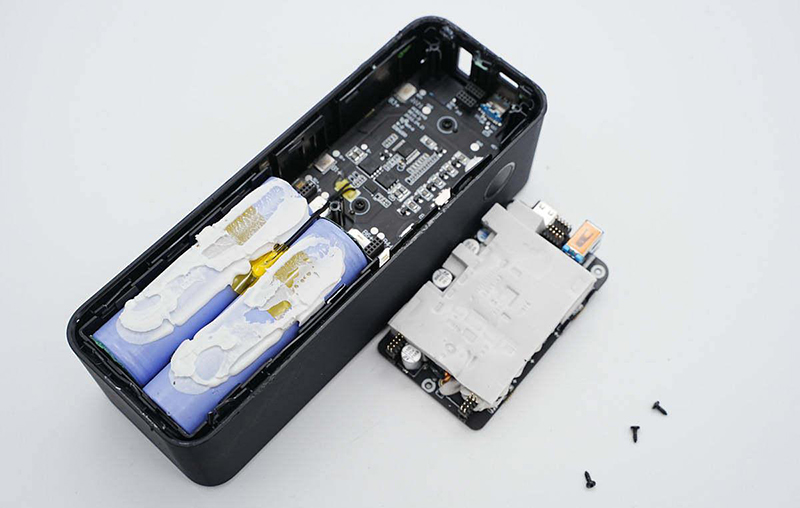
Thermal gel is a high-flow thermal interface material suitable for irregular or deformable heat interfaces. Compared to traditional thermal gap pads, thermal gels can fill complex structures more effectively and improve heat dissipation.
● Application Locations:
● Between lithium batteries and heat sinks
● Between power management chips and metal housing
● Features:
● Ultra-low thermal resistance, improving heat dissipation efficiency
● High fluidity, automatically filling small gaps
● Long-term stability, resistant to high-temperature aging and cracking
3. Thermally Conductive Adhesive
Thermally conductive adhesives combine thermal conductivity and adhesive properties, suitable for fixing heat sinks while ensuring stable heat transfer.
● Application Locations:
● Bonding between batteries and metal heat sinks
● Fixing heat sinks on PCB boards
● Bonding between battery and housing
● Features:
● High adhesive strength, ensuring long-term stable fixation
● Excellent thermal conductivity, reducing interface thermal resistance
● Strong weather resistance, suitable for various temperature environments
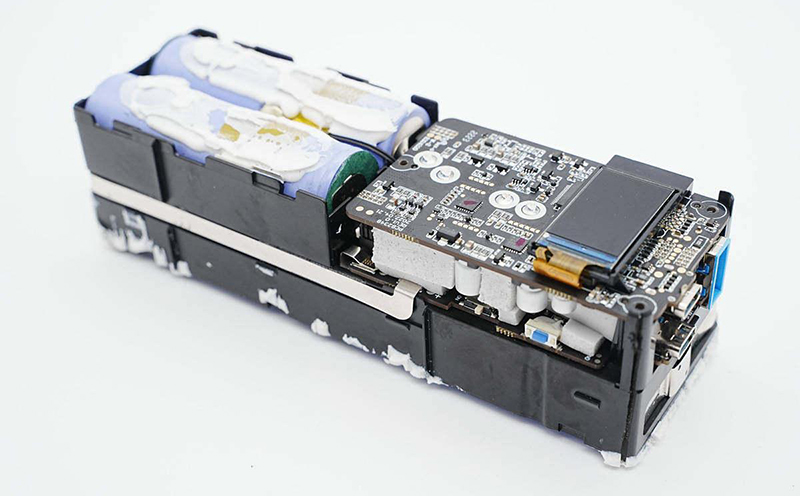
4. Thermal Design Optimization
In addition to thermal materials, proper structural design is equally important. NFION suggests the following optimization strategies for manufacturers:
● High Thermal Conductivity Metal Housing: Use materials like aluminum alloy for the housing to enhance overall heat dissipation efficiency.
● Optimized Heat Source Layout: Properly arrange the components on the PCB board to reduce localized overheating.
● Additional Heat Sinks: Add heat sinks in critical heat generation areas to improve heat dissipation speed.
Advantages of NFION Thermal Management Solutions
✅ High Thermal Conductivity, Lower Temperature Rise: Select high-conductivity materials and optimize heat transfer paths for better dissipation efficiency.
✅ Safe and Reliable, Extending Battery Life: Stable thermal management reduces the impact of heat on lithium batteries, extending their lifespan.
✅ Lightweight Design, Suitable for Miniaturization: Thermal materials are thin and lightweight, ideal for modern, compact, portable power bank designs.
✅ Customized Solutions to Meet Different Power Requirements: We offer tailored thermal management solutions based on the different power and heat dissipation needs of various power banks.
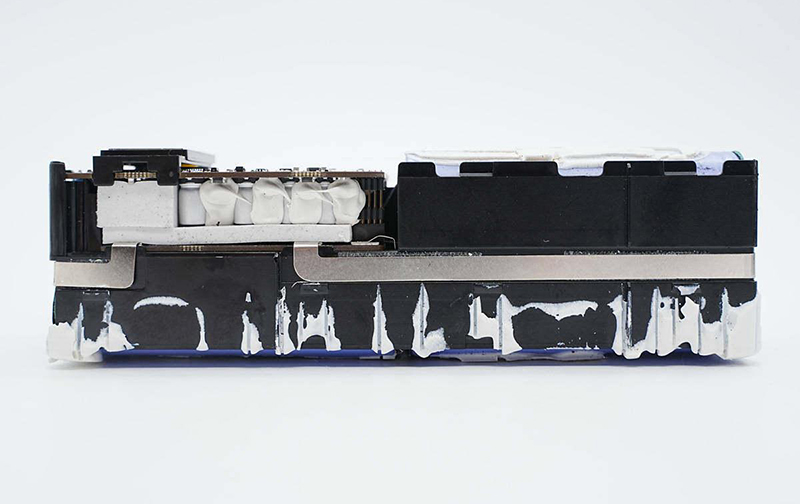
Conclusion
In the age of high-power fast charging, thermal management of power banks has become a key factor affecting product safety, performance, and user experience. NFION, with its rich industry experience and high-performance thermal materials, provides professional thermal management solutions, helping power banks operate efficiently, safely, and stably under fast charging conditions.
In the future, NFION will continue to optimize thermal material technologies to help the industry create more lightweight, efficient, and safe power bank products.





 CN >
CN >
